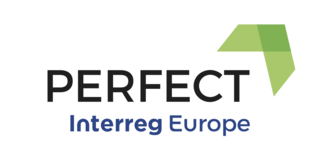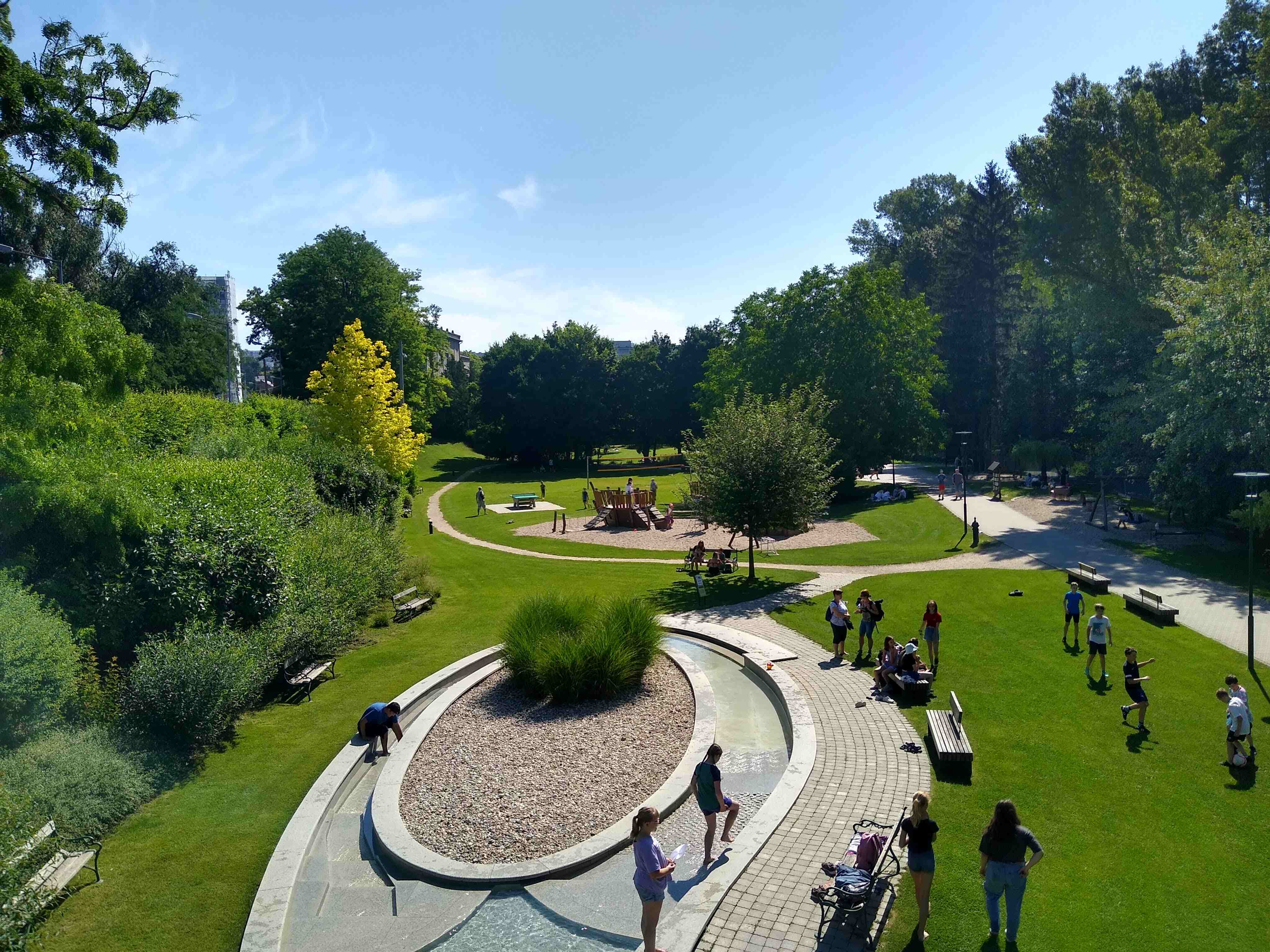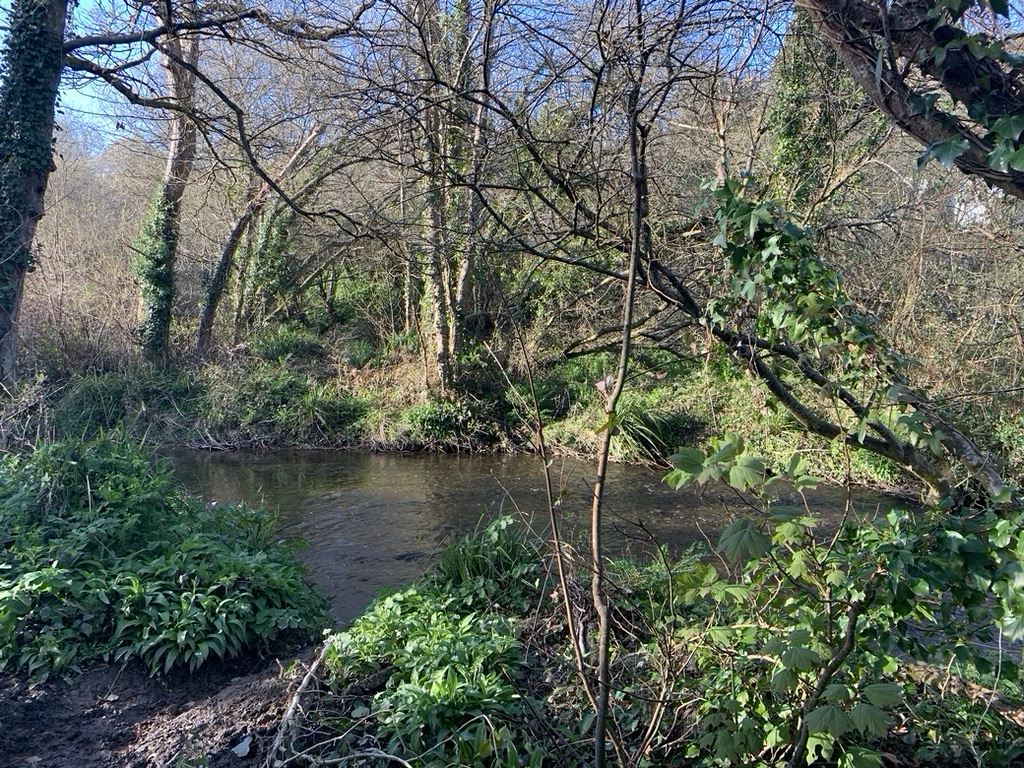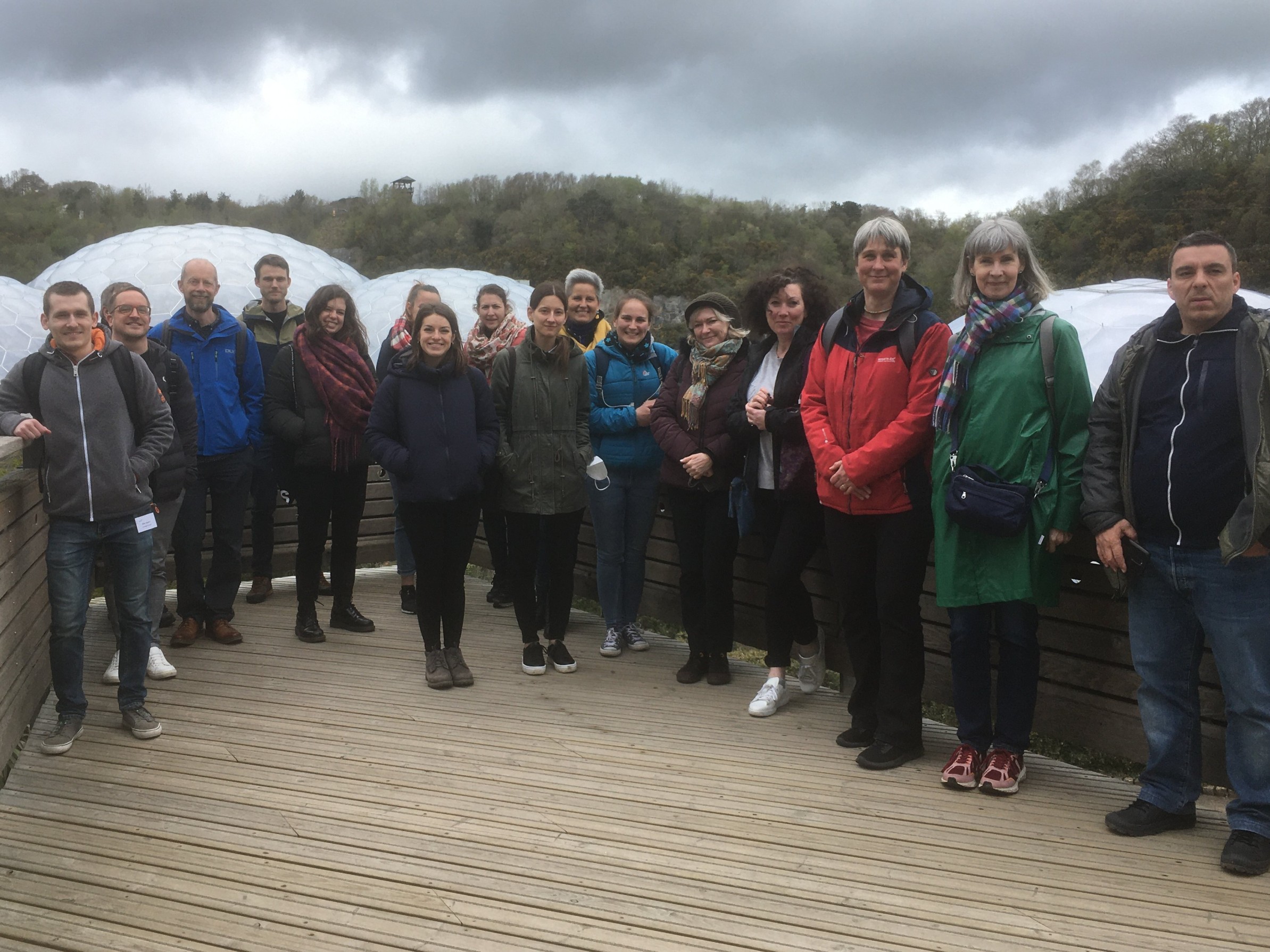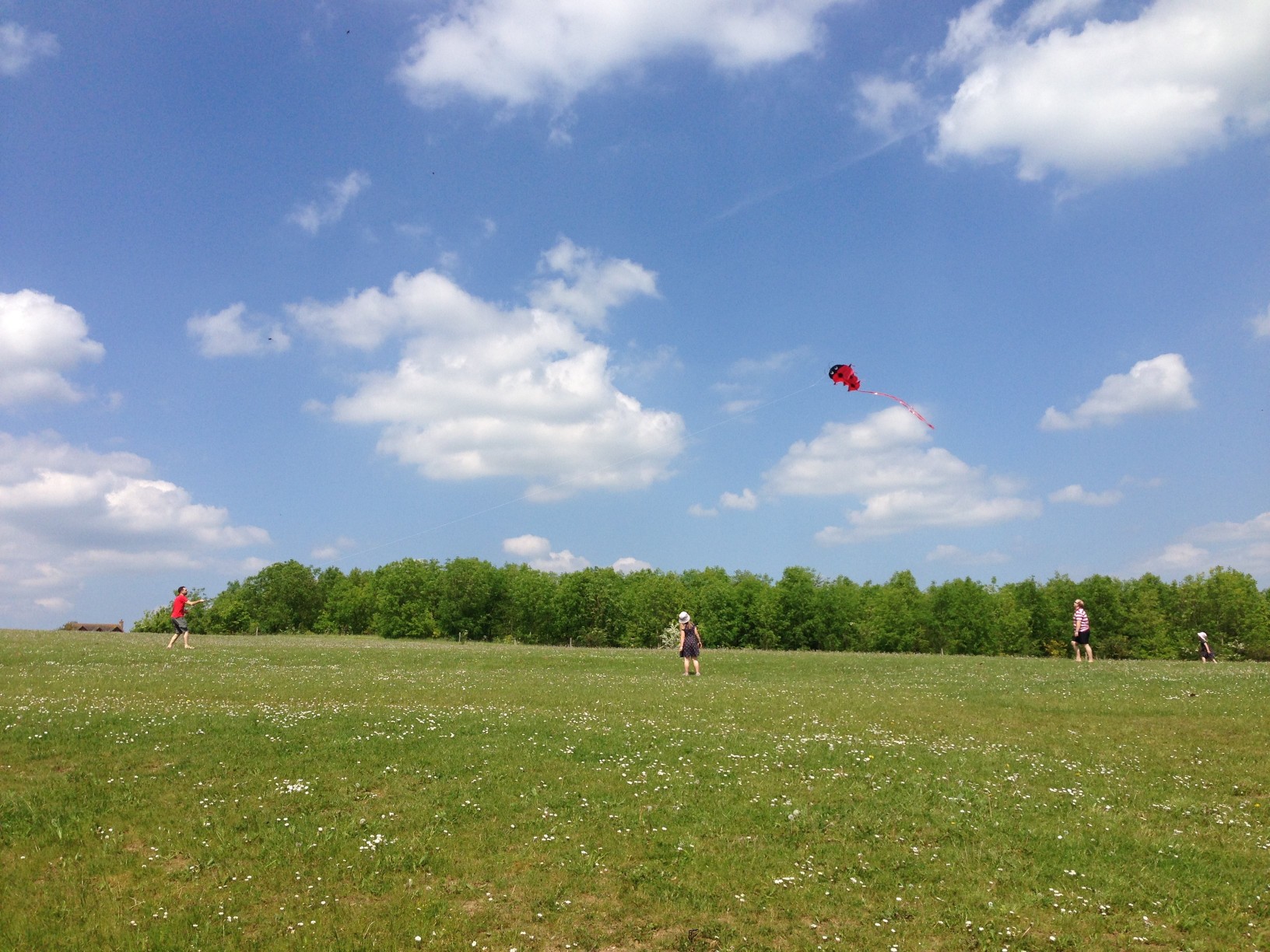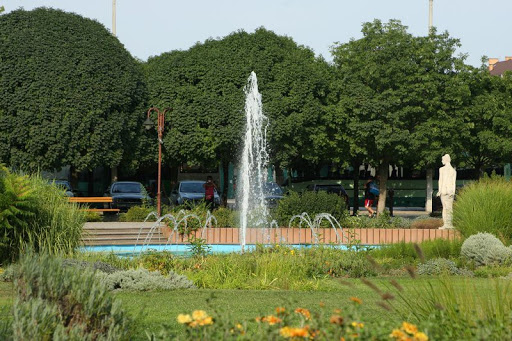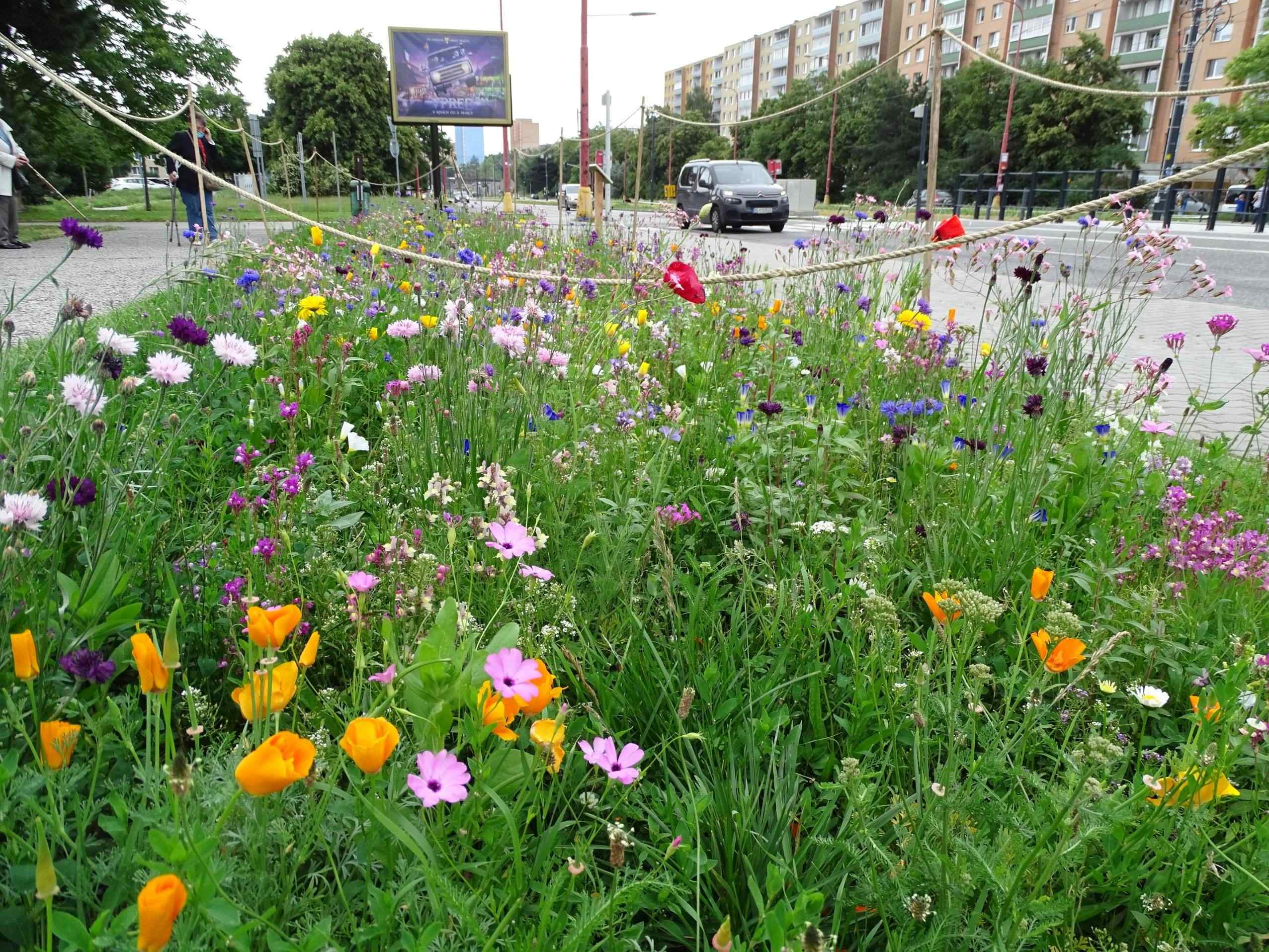
The objective of the PERFECT (Planning for Environment and Resource eFficiency in European Cities and Towns) project is to raise the awareness of policy and decision makers of the multiple benefits of green infrastructure. As a vital component of the future of successful urban and rural areas, green infrastructure can perform many economic, social and environmental roles – from improving people’s health, to managing risk to climate change, and benefitting jobs and growth through tourism. The main challenge is to influence those stakeholders in charge of economic investment and planning strategies, to integrate these benefits and maximise the potential of green infrastructure.
To help PERFECT partners to start to develop their Action Plans, all partners will carry out a baseline survey to understand the current levels of awareness amongst staff and stakeholders of the benefits of green infrastructure, and the extent to which natural heritage is being harnessed for economic growth through Structural Funds. In addition, partners will undertake a literature review of their policy instrument and other strategies related to green infrastructure, as well as a gap analysis of their policy indicators to create a better understanding of the qualitative and quantitative evidence on natural heritage in the partner area.
The TCPA as Lead Partner has produced guidance for all partners about how to undertake these tasks, available on this page. The draft guidance was presented to partners at the first partner meeting in London in February, and revised following discussions with all partners to ensure that it met their needs.

Following completion of these tasks in April, partners will then undertake their SWOT (Strengths, Weaknesses, Opportunities and Threats) analysis and begin to target improvements required in those areas identified in order to meet their performance indicators. An important component to achieving this will be peer to peer working in the second semester amongst the different partners, using the knowledge gained in these first tasks. Partners will also engage with stakeholders via meetings and newsletters to ensure that the learning about the state of play in the partner area is disseminated.
